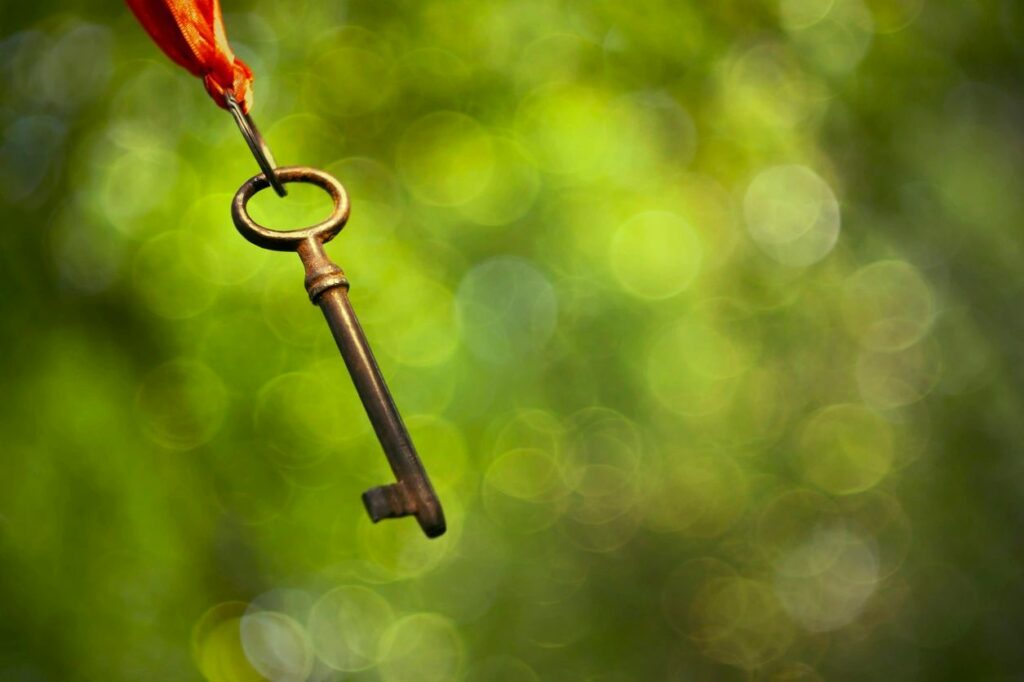
Let’s face it – we can be challenged by what life brings our way. The list of circumstances is endless: an irate customer, a sideways glance, a faulty product, a work project stalled, a marriage falling apart, a child or an elderly parent having difficulties, a traffic jam standing in the way of getting to something important, a personal health crisis, a hail storm decimating the garden, a fire destroying home and community.
When we pay attention, we may see that it is us deciding (influenced by infinite factors) that the situation is bad or good and that the event itself is inherently neutral. This realization is not trivial; there is an insight that matures over time and subsequent understanding comes in waves or spirals of increasing depth. For instance, we may realize that the irate customer may have had a challenging day and possess some degree of equanimity in the face of his ire. But the circumstances don’t seem neutral when your loved one dies or your community is hit with a catastrophe. At least, not until insight is substantially matured.
The tendency is to be in reaction mode, racing to fix or blame or escape or ignore. This is not a surprise; proliferating neuroscientific research is showing us that our predominant mode of attention is meant to alert us to danger, a primordial survival instinct. Sadly though, we are using this type of attention when circumstances don’t really warrant it.

When we truly take note, we can appreciate that these trials aren’t just occasional. Every single moment, a subtle part of our psyche decides whether we like or dislike what is unfolding. This evaluation is coloured by a vast array of influences, including beliefs and earlier events and has little to do with the current scenario. I remember guiding a class in a tea-tasting meditation, the purpose being to experience, among other things, the pure sensation of smelling, hearing, tasting, seeing and touching, throughout the undertaking of a single sip of tea. Wasn’t I surprised when I realized that the taste of the oolong tea I had enjoyed for so many years was really unpleasant to me! It was exceedingly bitter, a taste that wasn’t at all appealing. I suspect that I had unknowingly attributed health benefits and a certain exotic character to oolong tea that shaped my usual opinion. And I also suppose that, on another day, the bitter taste might have evoked a more appreciative response.

We start to realize that we can choose how we attend to life.
We start to realize that we can choose how we attend to life. Some situations demand the default mode network, the one that scans around actually searching for danger. As time elapses and circumstances evolve, a focal type of attention may serve to solve some residual physical problem by allowing us to focus, deeply and locally, to get the task done. And another type of attention, associated with insight, creativity, and improved health, involves defocusing, almost like a peripheral vision or feeling outward in all directions, aware and detached while noticing moment by moment unfolding of life – sensations like sounds and feelings, emotions, beliefs, thoughts, dreams. When we are well established in this state, we can actively choose whether to examine something in more detail. This state that I like to call being Awareness is the attentional mode in which we should spend most of our time, in my opinion.

Present-Centered Network mode of attention
Allowing Awareness to be foreground takes three key factors: motivation, courage and effort. A deep desire for increased ease and agility, less reactivity, and some semblance of control over the mind tends to have a motivating effect. Having the intention to cultivate Awareness is a crucial step. Courage is boosted by nourishing a sense or feeling of security, acceptance and wellbeing. I associate this feeling with a visceral faith in a wellspring, or endless resource, that is always available. These three, a heart-felt desire, an intention, and a foundation of security or inner resource comprise bhavana, a concept that has a long and elevated history in yoga practice.

Sometimes, like everyone, I get down on myself. “I didn’t achieve such and such, I don’t measure up, I’m a terrible so and so.” Practice of being Awareness has allowed me to (more often) have some distance so I recognize that such a frame of mind does me no good. I see that it sets me up to respond poorly to any, even slight, difficulty I might encounter. And then I realize I have a choice in the mode of attention I use to view the world.
I started writing this article with the intention of discussing how my life-embedded yoga practices have become somewhat of an inner resource for me. Although I wrote about much that wasn’t originally on the radar, I think I covered at least one angle!